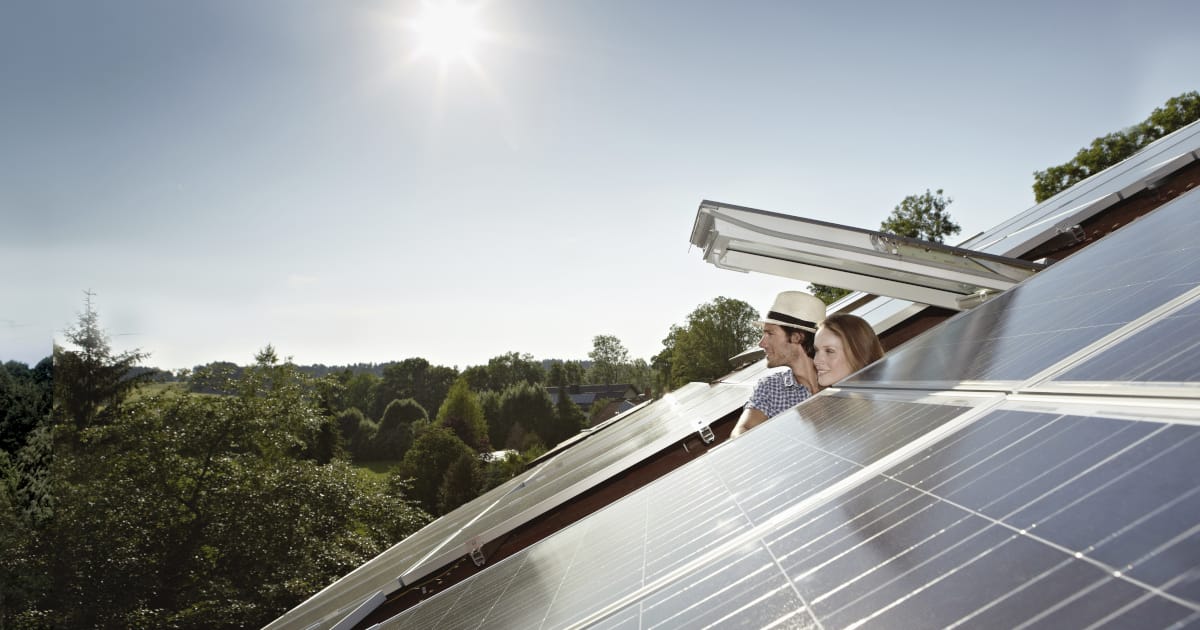The influence of heating on our carbon footprint is often underestimated. On average, about 1.6 tons of CO2 are emitted per year and per person through heating. Oil heating systems, with emissions of 4.7 tons of CO2 per year, and natural gas heating systems, which produce approximately 3.6 tons of CO2 per year, play a particularly important role. As explained by WWF, it’s more environmentally friendly to heat directly with solar energy, a heat pump, pellets or wood. As a condominium owner, you only have a limited influence on the choice of heating. The situation is different if you are a homeowner. If you are considering changing your heating system, it’s a good idea to find out about the subsidies available in your canton of residence. In fact, some cantons support this type of project with financial incentives. Find the right heating system for your energy consumption by comparing costs, lifetime and CO2 emissions of heat pumps, natural gas and other heating systems with the heating calculator from our partner Houzy.


